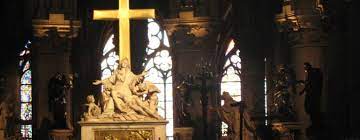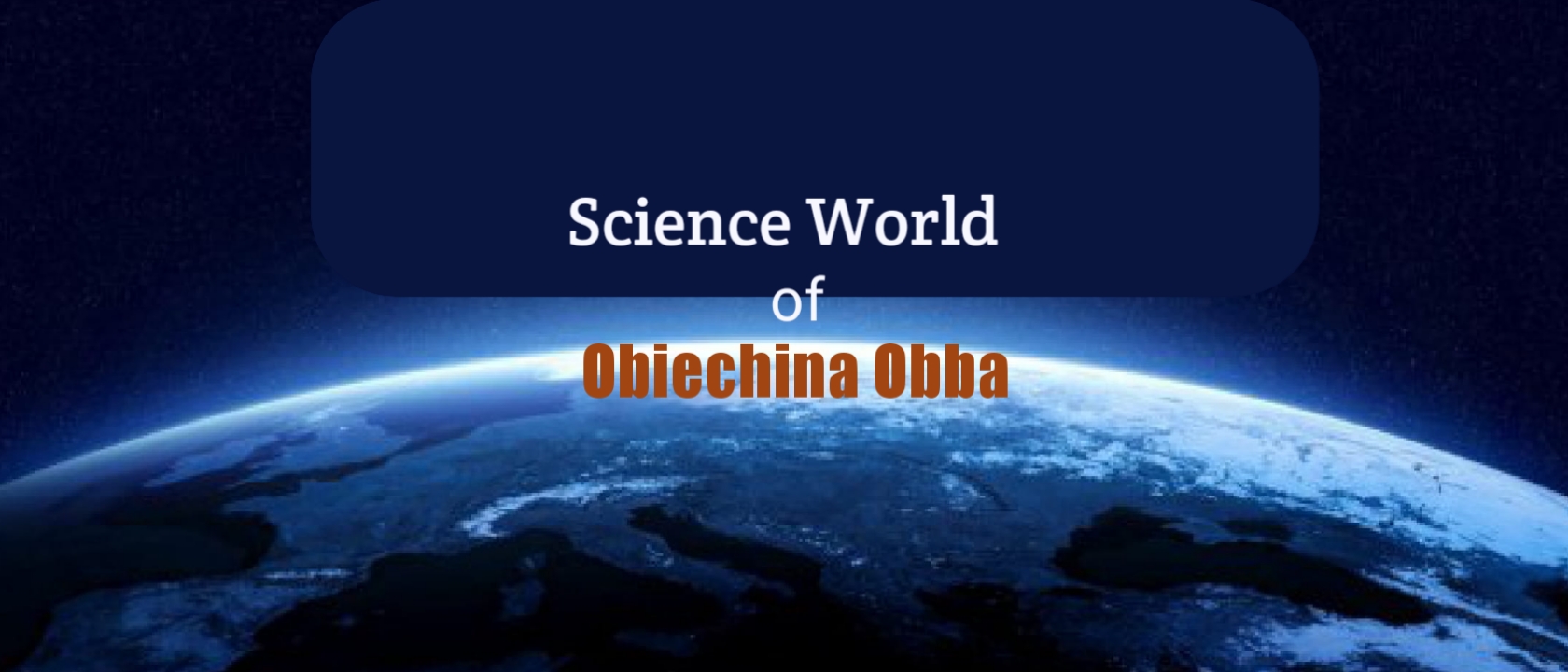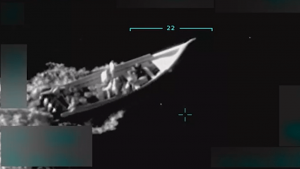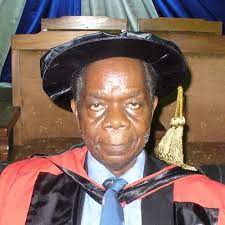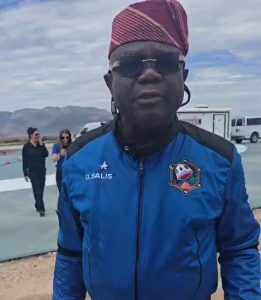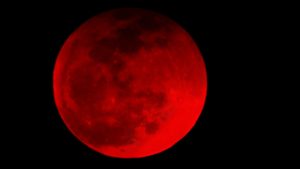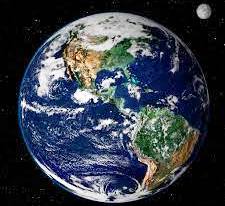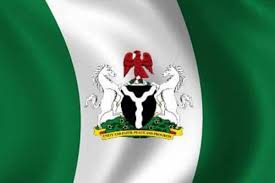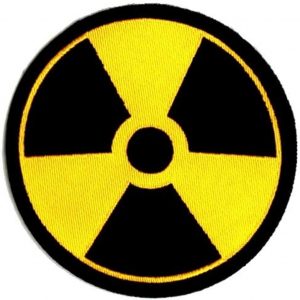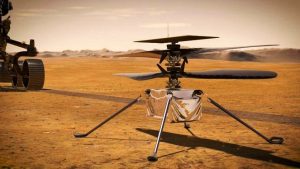Punishment by death of this sort was a carry-over of an ancient practice which was started before the Church.
Socrates was sentenced to death and made to drink hemlock in 399 B.C. for making a weaker argument defeat the stronger one and thereby, corrupting the youth.
Plato had to run to escape a similar situation. And there was Galileo openly teaching the Copernican theory soon after Giordano Bruno.
Galileo Galilei has been controversial all his life. He dropped out, without a degree, from the University of Pisa in 1585 where he was admitted in 1581, at 16, to study medicine.
He rather privately picked interest in philosophy and mathematics and later rose to be a professor of mathematics in Pisa in 1589 and University of Padua in 1592.
He had three children by a lady, Maria Gamba, but never married her.
Two of their daughters, on his encouragement, became Catholic nuns. They never left the convent despite Galileo’s problems with the Church.
Their son studied medicine in University of Pisa; married and settled for a family life.
Galileo was believed to be the one who climbed the (leaning) Tower of Pisa (54 metres high) in Pisa, Italy, to publicly demonstrate (with metal balls of different sizes and weight) that heavier and lighter objects fall at the same rate and not the heavier one reaching the ground quicker, when they are dropped same height, same time, as was erroneously stated by Aristotle.
This was, soon after then, shown to be correct barring air resistance.
TOWER OF PISA, ITALY
The Church, not really against science, made a mistake in judgement in the case of Galileo; sentenced him and, at the threat of death, he was forced to recant.
This was in 1633, the 10th year in the 21-year papacy of Pope Urban VIII.
Galileo, even when publicly denying that the Earth moves round the Sun under coercion, was said to have murmured in a whisper: “Eppur si muove!” or “Yet, it moves.”
This was not heard and so, he was spared and placed under house arrest for the rest of his life.
Under that condition, he continued his scientific investigations even after becoming blind in 1638 until he died on January 8, 1642.
There was even an unconfirmed report that at a time he had painful hernia but was not allowed to seek medical help outside.
The remains of Galileo were exhumed from a small room adjoining the chapels of Saints Cosmas and Damian in the Basilica of Santa Croce (Holy Cross) and re-buried with dignity in a tomb in that Basilica in Florence, Italy, in 1737.
The skeleton of three of the fingers from his right hand and a vertebra were removed by his admirers when the remains were exhumed.
The vertebra lies in the University of Padua where he was professor from 1592 to 1610.
The fingers, after missing for centuries, were recovered in 2009. His middle finger is on display in Museo di Storia del Scienza (Science Museum), Florence, Italy.
The US National Aeronautics and Space Administration, NASA, on October 18,1989, launched a space probe at a cost of 1.6 billion dollars, named Galileo, in honour of the scientist.
Galileo, however, has not escaped criticism.
There are people who accuse him of being a coward by recanting instead of pertinaciously holding on to his claims, which he was sure were correct, and being burnt to death like Giordano Bruno.
However, his brilliance was never in doubt and he is widely regarded as the father of modern science.
The Church has however, since made it clear that what happened was a case of an unintentional mistake based on bad advice in a peculiar period.
The Vatican, recently under the papacy of Pope John Paul II in 1992, formally cleared Galileo, who was a practising Christian of Catholic denomination, of any wrongdoing and posthumously re-admitted him into the Church.
Pope John Paul II later openly admitted that the Church has made mistakes in the past and apologized for those mistakes.



